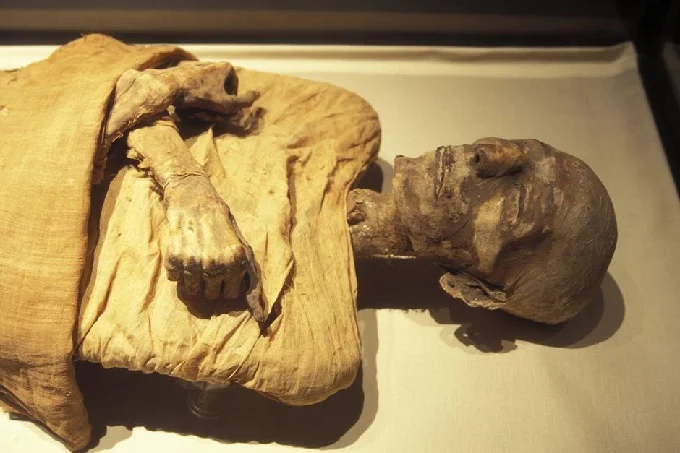Scientists have extracted complete data on the genome of ancient Egyptian mummies for the first time. The results offer fascinating insights into how different ancient civilizations intermingled. This is an outstanding precedent in our ability to study ancient DNA.
A team of international experts led by scholars from the University of Tübingen and the Max Planck Institute for the History of Humanity gathered samples from 151 mummified bodies discovered at the Abusir el-Melek excavation site along the Nile River in Middle Egypt.
The artifacts range in age from 1400 BC to 400 AD. They were all treated to a novel high-throughput DNA sequencing technology, which enabled the researchers to recover whole genome-wide information from three people and mitochondrial genomes from 90 others.
“We wanted to discover whether Alexander the Great’s and other great nations’ conquests had left a genetic mark on the ancient Egyptian population,” Verena Schunemann, one of the study’s primary authors, adds.
In 332 BC, Alexander the Great and his army are said to have entered Egypt. Surprisingly, the researchers discovered no genetic remnants of Alexander the Great’s legacy, as well as any other foreign power that passed through Egypt over the 1,300-year study period.
“During the 1,300-year period we analyzed, the genetics of individuals in the Abusir el-Melek region did not experience any dramatic alterations,” says Wolfgang Haack, team head at the Max Planck Institute, “suggesting that the population remained genetically largely undisturbed by foreign invasions.”
Ancient Egyptians were discovered to be closely connected to Anatolian and Neolithic European people, as well as having substantial genetic evidence from the Levant region of the Middle East (Turkey, Lebanon).
This genetic ancestry is distinct from current Egyptians, who share roughly 8% of their DNA with people from Sub-Saharan Africa.
This information provides an interesting look into a time when ancient Egyptian origins did not merge with those of South Africa. It also shows that the gene’s introduction into current Egyptian populations happened recently, within the past 1,500 years.
According to the research, about 7 million slaves were transported from countries of the south of the Sahara to North Africa a thousand years before the nineteenth century via the trans-Saharan slave trade. This genetic lineage is thought to have impacted contemporary Egyptians.
The researchers intend to expand their examination over a larger geographic area now that they’ve found a dependable approach to analyze the DNA of ancient bones. This will not only help us comprehend the genetic migrations of ancient civilizations in the area, but it will also help us build a clearer picture of Egypt’s demographic history.
